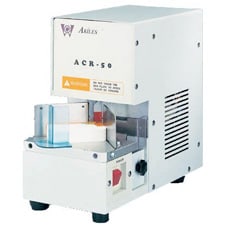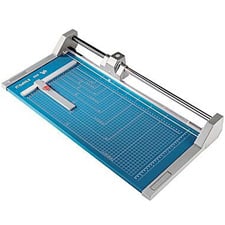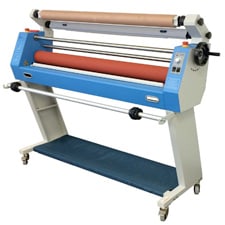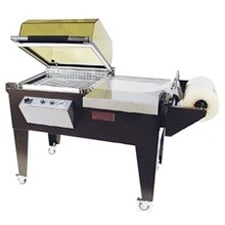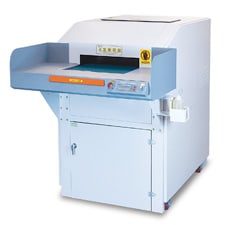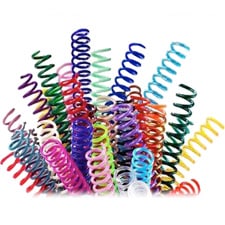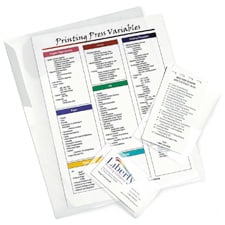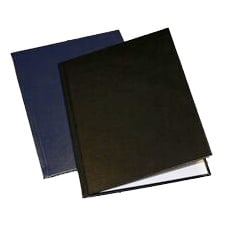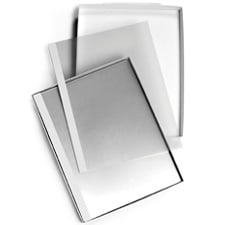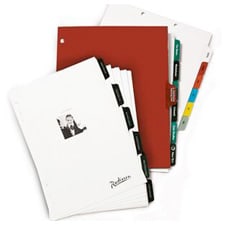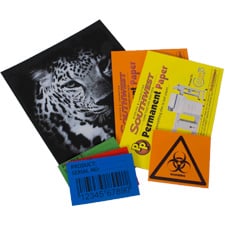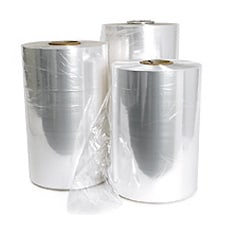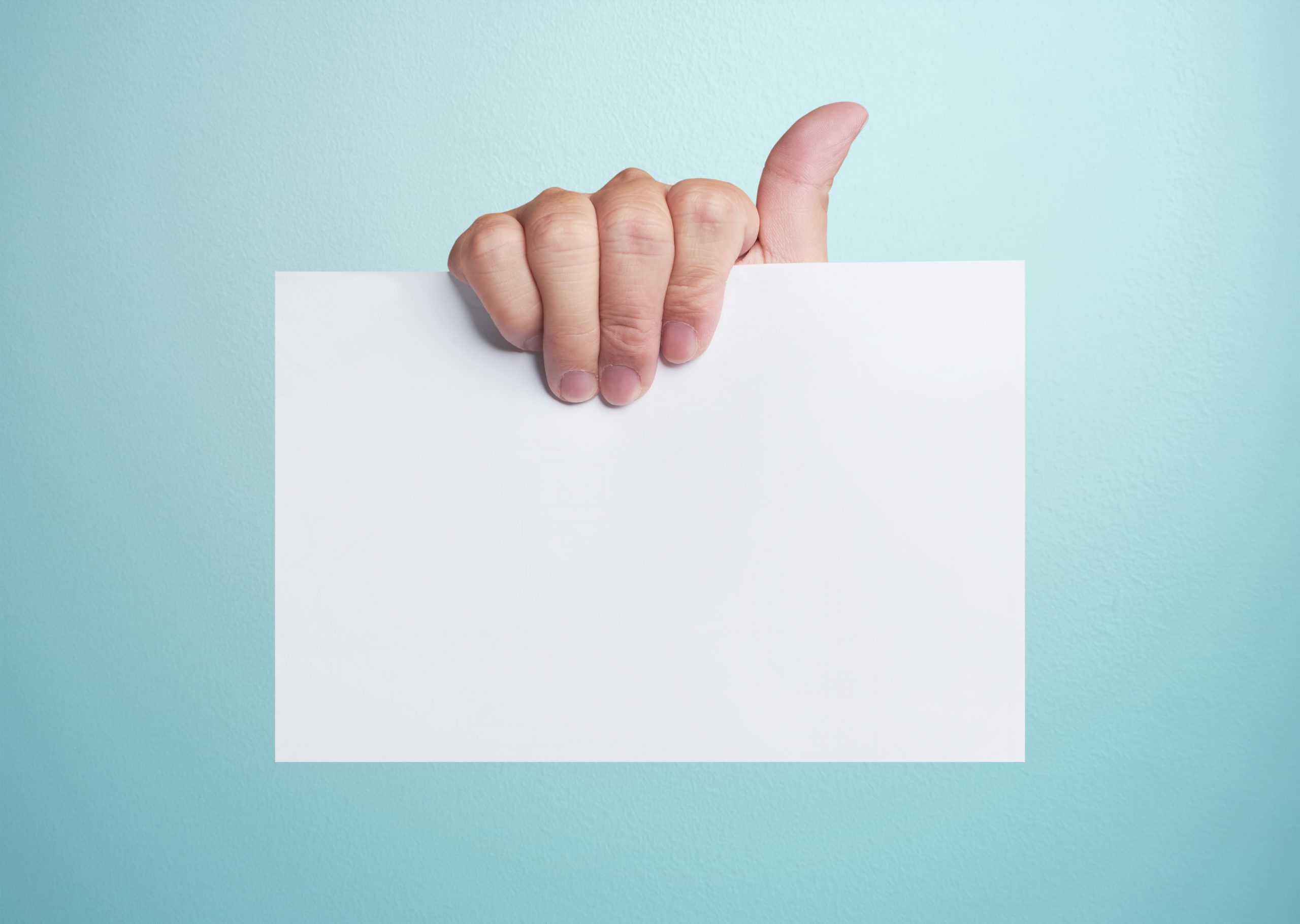What Kind of Paper Do You Use For Screen Printing?
Screen printing is an artistic technique. It uses mesh stencils and ink to create beautiful designs. It doesn’t matter the material, like transparencies or the graphics. You can print anything, as long as it fits the size of your screen, design, and products.
What is Screen Printing with Transparencies?
Transparencies are clear sheets of film. They’re very flexible and artists use them to print or draw designs before transferring them to the screen.
There are plenty of options for screen printing with transparencies:
Custom t-shirts
Office décor
Signs
Mouse pads and other accessories
How to Get the Most Out of Your Screen Printing with Transparencies
To get the most out of the transparency, you must use the right printer. Inkjet and laser printers function differently depending on the material. Using the wrong transparency in a printer can cause problems.
Designs don’t smudge on inkjet transparencies. This is thanks to a special coating that allows the ink adhere cleanly to the transparency. Inkjet transparencies are the ideal choice for detailed work and sharp lines.
The laser is best for designs requiring opaque black ink. Newer laser printers create vibrant black designs.
Now that you know what kind of printer you’ll use, it’s time to consider a few factors:
Your vision for your graphic
The answer to this question determines the typeface, texture, and color of your graphic. Paper quality also plays a big role in the quality of your prints.
Thickness
1.5 ml film is very thin. It is ideal for items you print on heavy cardstock. Transparencies do come in a 1.5 mil like roll lamination film can. They are typically a 3.7 mil, which manufacturers round up and call 4 mil, or in some instances they are 5 mil for copiers that need something thicker for the amount of heat inside or speed at which to stock runs through the machine.
Dimensional stability
Screen printing requires paper with good dimensional stability. Paper that won’t contract or stretch during the printing process. The screen printing process involves putting on several layers of colors. The paper must withstand the rigors. You can use a wood fiber based paper for screen printing, it would dissolve. Transparencies don’t contract or stretch and you cannot use the same one for more than one color. If the image being screen printed is multiple colors the images have to be color separated.
Texture
Smooth paper produces a sharper image with a lot of detail. The texture, or lack thereof, determines the final image. Texture does not change on a transparency, they all have a smooth finish but are made with different coatings depending upon if meant for use in an inkjet printer instead of a toner based copier/printer.
Weight
The heavier the paper, the better it is in terms of stability. It will keep that paper from buckling. The general rule of thumb is that the larger the area size, the heavier the weight. It makes handling paper a lot easier.
Screen printing with transparencies will make your graphics stand out. It’s an amazing appearance.
Want to know more about screen printing with transparencies? Contact us today.

